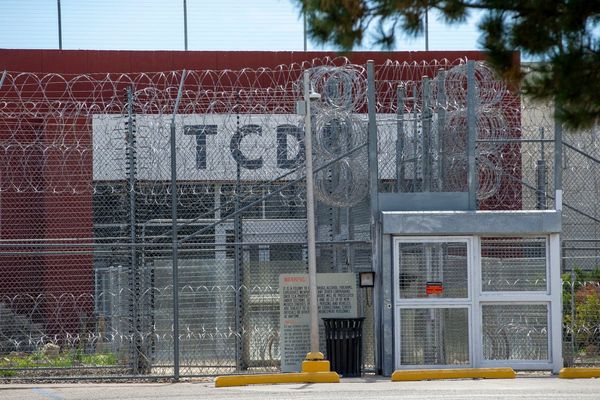
The Senate voted to pass what President Donald Trump called the “big, beautiful bill” on Tuesday. The House is now ready to send it to Trump’s desk in time for his Fourth of July deadline. This massive spending bill includes major cuts to social programs that help poor Americans while giving huge tax breaks to wealthy people and big companies.
According to MSNBC, the bill continues a long pattern in American politics of cutting help for the poor. For decades, politicians have used negative images of welfare recipients to make these cuts seem reasonable to voters. This strategy has worked even though it hurts many of the same people who vote for these politicians.
Republicans are using the same playbook that President Ronald Reagan used in the 1980s. Reagan often talked about a “welfare queen” to justify massive cuts to social programs. His stories focused on an imaginary American who was typically assumed to be a Black, single woman living well on government help. Today’s Republicans have not used this exact language, but they are following the same plan to cut the safety net.
The welfare queen myth was built on purpose over many years
The negative image of welfare recipients did not happen by accident. It was carefully created and used as a political weapon. The myth was built on decades of policy choices and political messages that added racial overtones to programs designed to help all poor Americans. This was done to reduce public support for these programs.
These programs actually started as ways to help poor white people. When the New Deal began fighting poverty, programs like Aid to Dependent Children were designed to support mostly white, widowed mothers during the Great Depression. More Black families only got access to these benefits in the 1960s when the Civil Rights Movement gained strength.
The able-bodied 35-year-old guy who spends his days playing video games but also somehow runs up massive medical bills is today's GOP's version of Reagan's welfare queen: I'm sure a few guys like him exist, but he's essentially a convenient myth. https://t.co/w18leXRFHR
— James Surowiecki (@JamesSurowiecki) July 2, 2025
This led to a backlash against the programs that conservatives have used ever since to attack them. By the 1970s, amid rising prices and economic worry, conservatives began to present welfare not as help out of poverty but as a trap. They painted recipients as ungrateful burdens on the system. Reagan took a story about a real woman convicted of fraud and turned it into the fictional “welfare queen” who was supposedly getting multiple checks under different names and driving a Cadillac.
The strategy worked. The welfare queen myth gave politicians from both parties permission to strip benefits from millions of people. When President Bill Clinton signed the 1996 welfare reform bill, he promised to “end welfare as we know it,” and he did. But what also ended was any real promise of a guaranteed safety net in this country.
The truth about poverty in America today is different from what many people think. The majority of people living in poverty are not Black. They are white, rural Americans, children and veterans. They are seniors on fixed incomes or single mothers working multiple jobs and still struggling. The face of poverty is not who many Americans have been taught to see.
Last month, House Republicans passed a tax bill that would give about $4 trillion in permanent tax breaks to the wealthy and big corporations over the next 10 years. The Senate passed a revised version that would lock in those tax cuts that mostly help the rich. How do they plan to pay for it? By targeting programs that keep working people afloat, like SNAP food assistance and Medicaid health coverage.







